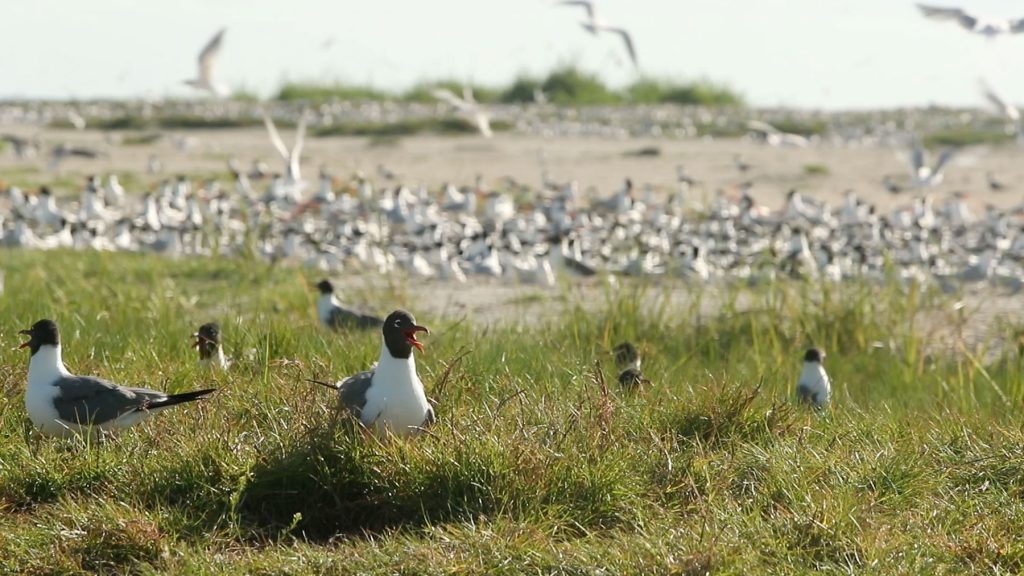iostudio’s documentation of the DOI’s efforts to restore ecosystems affected by the Deepwater Horizon disaster helps inform the public of the work being done and the way funds are utilized.
Situation
The Department of the Interior (DOI) is involved in a number of projects related to Natural Resource Damage Assessment regarding the Deepwater Horizon (DWH) disaster, which left a significantly negative impact on our environment in the Gulf States. To properly respond to the disaster, the DOI recognized a need to produce engaging public outreach tools that explained the challenges and how they were being addressed.
Solution
iostudio provided professional videography and photography services to produce short, educational videos and help the DOI augment its photography library. The videos consist of high-definition original ground and aerial cinematography shot in multiple seasons and include on-camera interviews, drone shots of the landscape and historical footage.
Impact
The six videos iostudio has crafted raise awareness of the significant events occurring at each of the many locations affected by the DWH oil spill and express how there is still work to be done to protect and preserve our wildlife. They also capture the DOI’s vision of providing access and education for the public to foster understanding of how the government purposefully utilizes funds so future generations can enjoy these gorgeous refuges.


iostudio’s Video team has filmed at five U.S. Fish and Wildlife Service National Refuges in Alabama, Louisiana and Texas.
The resulting videos consist of high-definition original ground and aerial cinematography shot in multiple seasons and include on-camera interviews, drone shots of the landscape and historical footage.
Video’s ability to transport the viewer makes it the ultimate tool for raising awareness.
The videos iostudio filmed and produced for the Department of the Interior covered a topic many people may have heard about—the effects of a major oil spill—and brought it to life, pinpointing actual locations and introducing viewers to the experts who work directly with the animals and ecosystems affected by the disaster and can explain its impact on our world.